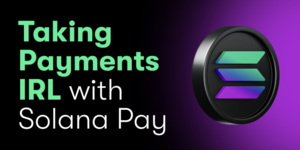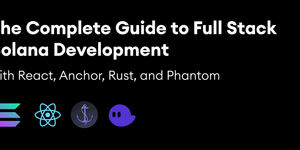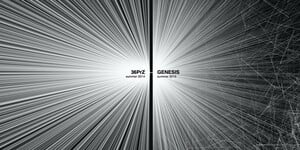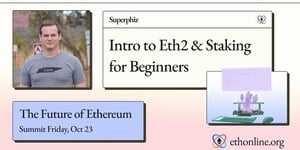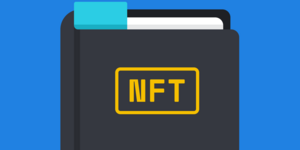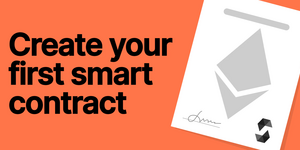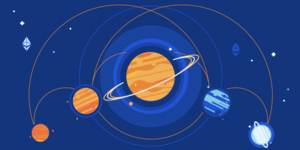Learn Web3 - Most Recent Web3 Tutorials, Courses, Videos and Articles
Web3 Developer Job Description Template 2025 (Free)
How to Launch a Token and What Mistakes to Avoid (2025)
Top Countries That Hold the Most Bitcoin (BTC) in 2025: Government Crypto Reserves Revealed
Web1 vs Web2 vs Web3, Key Differences, and 2025 Real-World Examples
FunC (TON) Programing Language Beginner Tutorial
OpenAI just launched GPTs app store where anyone can build app without code
xAI Just Launched Grok (ChatGPT Competitor). How to Join the Waitlist
Elon Musk (Tesla, Space X CEO) answers your top 22 questions
Vitalik Buterin (Ethereum Founder) answers your top 32 questions
How To Become A Web3 Engineer in 2023? A Complete Beginner Guide
Best 20 Crypto Interview Questions And Answers in 2025
TOP 32 Solidity Developer Interview Questions And Answers In 2025
Best 26 Blockchain Developer Interview Questions And Answers in 2025
What is ERC-4337? Account abstraction without Ethereum protocol changes
Learn Solidity in 2023. The COMPLETE Beginner’s Guide. Latest v0.8
What is a DAO in Crypto? (Decentralized Autonomous Organization)
Full Course on Polygon Development | Build Blockchain Apps on Polygon
A Beginner's Guide to Polygon: Ethereum's Scaling Solution
Learn Ethereum: Build your own decentralized applications with Ethereum and smart contracts
Ethereum: Blockchains, Digital Assets, Smart Contracts, Decentralized Autonomous Organizations
Mastering Blockchain: A deep dive into distributed ledgers, protocols, smart contracts, DApps and Ethereum
Hands-On Smart Contract Development with Solidity and Ethereum: From Fundamentals to Deployment
Mastering Ethereum: Building Smart Contracts and DApps
Proof of Stake: The Making of Ethereum and the Philosophy of Blockchains
Create tokens using OpenZeppelin by Microsoft
Write Ethereum smart contracts with Solidity by Microsoft
Get started with blockchain development by Microsoft
Introduction to Blockchain and Bitcoin by Harvard University
Intro To Blockchain Programming (Etherum, Web3.js, Solidity, Smart Contracts)
Lever vs Greenhouse vs BambooHR vs Workable Pricing Plans Comparison 2023
How To Become a Web3 Developer in 2025? The Complete Roadmap
The Art of Community: Building the New Age of Participation
How To Become a Community Manager in 2023? 5 Easy Steps.
Full Web3 Tutorial (Smart Contracts, Solidity, Javascript)
Build Web3 NFT Website Using React, Ethers and Hardhat
The Complete Guide to Full Stack Solana Development with React, Anchor, Rust, and Phantom
Build a web3 app on Ethereum with Solidity and Smart Contracts
Create your own Blockchain ERC20 Token | Python, Brownie, Solidity
How to make NFT Art with On-Chain Metadata | FULL HARDHART / JS TUTORIAL! (w/ Polygon & Opensea)
Solidity, Blockchain, and Smart Contract Course – Beginner to Expert Python Tutorial
What is Filecoin?
Filecoin is a decentralized storage network that allows users to store and retrieve data through a peer-to-peer network.
It was created by protocol labs, which also created the interplanetary file system (ipfs).
Filecoin uses a cryptocurrency called fil as a means of payment for storage and retrieval services.
The network works by allowing users to rent out their unused storage space to other users in exchange for fil tokens.
The more storage space a user provides, the more tokens they can earn.
Users can also pay fil tokens to store or retrieve their own data on the network. filecoins decentralized architecture provides several benefits over traditional storage solutions.
It allows for greater security and privacy, as data is distributed across multiple nodes rather than being stored in a single centralized location.
It also offers improved reliability and accessibility, as files can be retrieved from any node on the network. filecoins mainnet launched in october 2020, and the network has since grown to include a number of storage providers and users.
The fil token has also seen significant price fluctuations, with a peak of over $200 in april 2021 before dropping to around $60 in june 2021..
Blockchain structure
The structure of blockchain can be divided into three main components:
- Blocks: a block is a collection of transactions that are bundled together and added to the blockchain. each block contains a unique code called a hash, which is created using a cryptographic algorithm that takes into account the data in the block.
- Nodes: nodes are the individual computers or devices that participate in the blockchain network. each node has a copy of the entire blockchain and verifies the transactions in each block.
- Consensus mechanism: consensus mechanism is the process by which the blockchain network agrees on the validity of transactions and updates the blockchain accordingly. different consensus mechanisms are used in different blockchain networks, such as proof of work, proof of stake, and delegated proof of stake. additionally, blockchain technology can include smart contracts, which are self-executing contracts with the terms of the agreement directly written into code. smart contracts can automate the exchange of assets and information, making transactions more efficient and secure.
Smart contracts can automate the exchange of assets and information, making transactions more efficient and secure
How to learn web3?
In learning web3, here are some steps you can follow to learn web3:
- Start by learning the basics of blockchain technology and its underlying concepts. this can include understanding how decentralized networks work, how consensus is reached, and the security implications of this technology.
- Familiarize yourself with the different tools and frameworks used in web3 development. some popular ones include ethereum, solidity, truffle, and web3.js.
- Take online courses or tutorials to learn the technical skills necessary for web3 development. some popular options include the consensys academy, cryptozombies, and the ethereum developer masterclass.
- Join web3 communities and attend conferences to stay up-to-date on the latest developments in the field, network with other developers, and gain insights into real-world use cases.
- Start building your own web3 projects, whether its a decentralized application or a smart contract. this will help you gain practical experience and put your skills to the test.
- Keep learning and experimenting with new tools, frameworks, and technologies as the web3 space continues to evolve.
Keep learning and experimenting with new tools, frameworks, and technologies as the web3 space continues to evolve
What one do you think is the best for beginners?
There are a few resources that are often recommended for beginners in web3 development:
- Cryptozombies - this is a popular interactive tutorial that teaches solidity, the programming language used for ethereum smart contracts. its designed to be fun and engaging, with a zombie-themed storyline.
- Truffle - this is a development framework that simplifies the process of building decentralized applications on ethereum. it includes tools for contract compilation, deployment, and testing, making it a great option for new developers.
- Remix - this is an online ide (integrated development environment) for writing solidity smart contracts. it includes a code editor, compiler, and debugger, and is a great option for beginners who want to experiment with writing smart contracts.
- Ethereum developer masterclass - this is a comprehensive online course that covers everything from the basics of blockchain technology to advanced smart contract development. its a great option for beginners who want to learn in-depth about web3 development. ultimately, the best resource for beginners will depend on their learning style and goals. some people may prefer interactive tutorials, while others may prefer more traditional online courses or textbooks. its important to experiment with different resources and find what works best for you.
Its important to experiment with different resources and find what works best for you
How to learn web3
To learn web3, you can follow these steps:
- Familiarize yourself with the basics of blockchain technology: understand the fundamentals of blockchain, decentralized applications (dapps), and smart contracts. learn about concepts like consensus algorithms, cryptography, and decentralized storage.
- Learn about ethereum: ethereum is the most popular blockchain platform for building decentralized applications. study its architecture, programming language (solidity), and tools like truffle and ganache. understand how ethereum handles transactions, gas fees, and the ethereum virtual machine (evm).
- Study web3.js: web3.js is a javascript library that allows you to interact with the ethereum blockchain. learn how to set up a local development environment, connect to a blockchain network, and perform common tasks like sending transactions, reading data, and interacting with smart contracts.
- Explore decentralized finance (defi): defi is a rapidly growing sector in the blockchain space that offers financial services without intermediaries. study concepts like decentralized exchanges (dexs), lending platforms, yield farming, and liquidity mining. learn how to interact with defi protocols using web3.js.
- Build projects: practice by building your own decentralized applications or smart contracts. start with simple projects and gradually increase their complexity. join hackathons, participate in coding challenges, and collaborate with other developers to gain hands-on experience.
- Stay updated: the blockchain space is constantly evolving. follow reputable sources like official documentation, developer forums, blogs, and newsletters to stay updated with the latest advancements, best practices, and security considerations.
- Join the community: engage with the web3 developer community to learn from others, ask questions, and receive feedback on your projects. attend meetups, conferences, and online events. join online forums, developer groups, and social media channels to connect with like-minded individuals. remember that learning web3 is an ongoing process, and its essential to keep exploring, experimenting, and staying up-to-date with the latest developments in the field.
Remember that learning web3 is an ongoing process, and its essential to keep exploring, experimenting, and staying up-to-date with the latest developments in the field

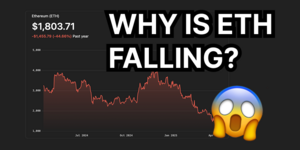
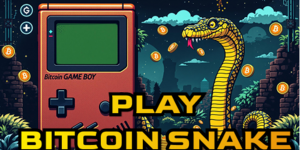
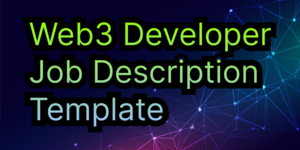

.png)



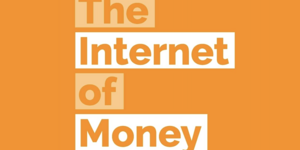

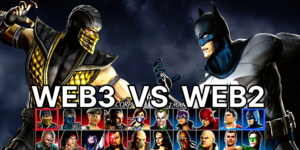

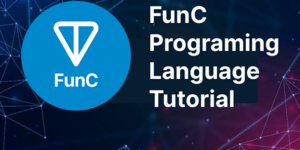.png)
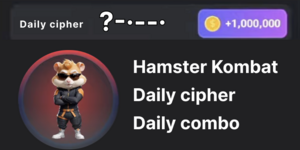
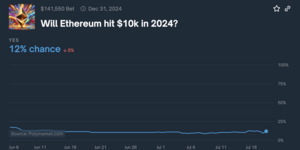

.png)

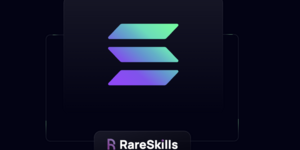

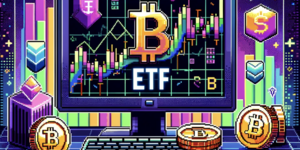
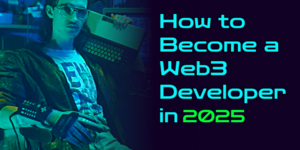
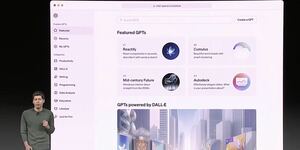

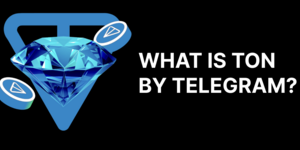.png)
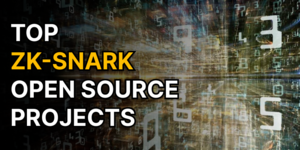



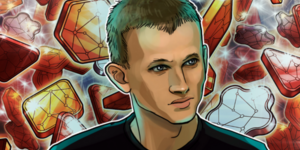





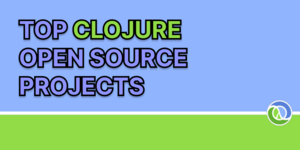
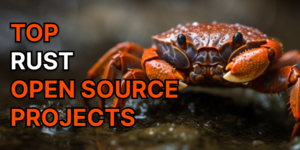
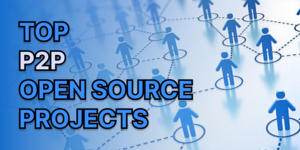
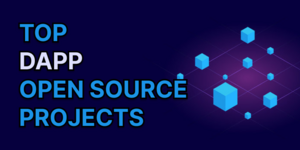
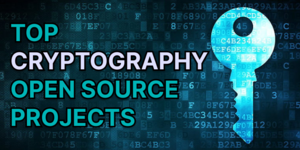
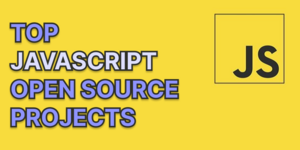
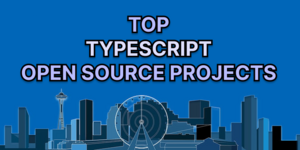
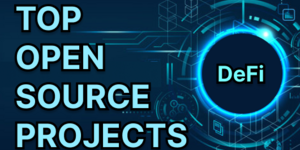

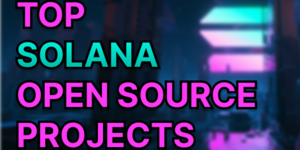.png)

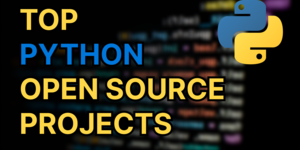
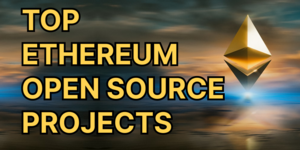










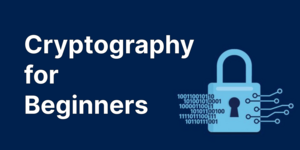
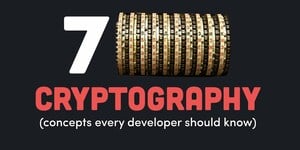


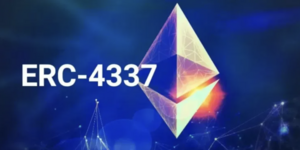
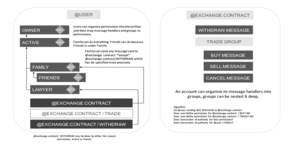

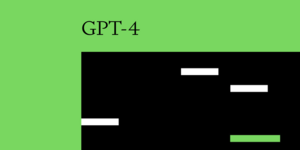

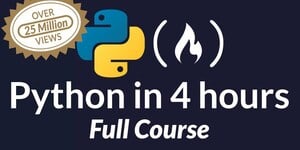



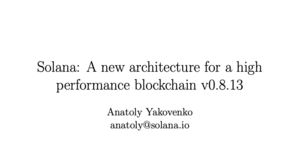

















.png)


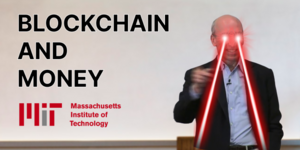.png)






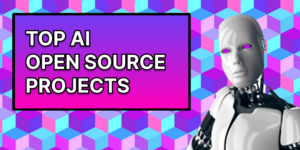


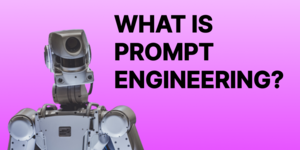
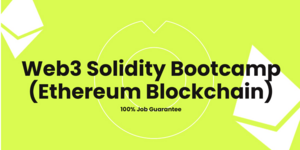
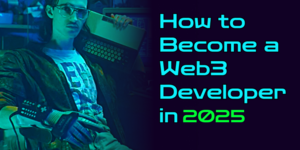

.png)

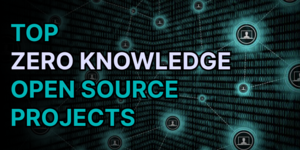


.jpg)

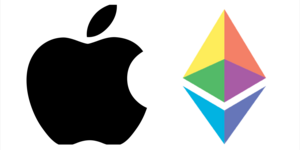



.png)













